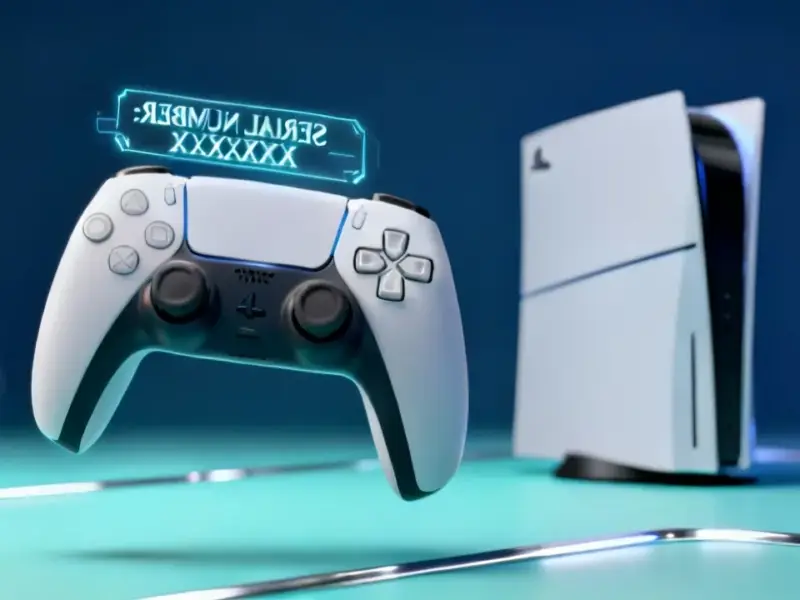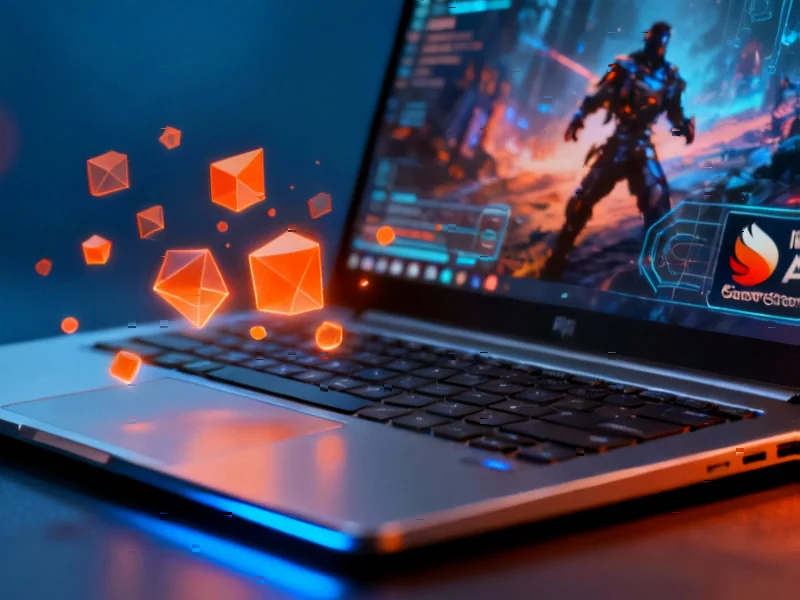According to The How-To Geek, Microsoft has officially confirmed Windows 11 version 26H1 is in development with build number 28000 appearing in the Canary channel. This targeted platform update is scheduled for the first half of 2026 but will only support “specific silicon” rather than being a general feature release. The company clarified that 25H2 remains the primary update for new features and the established annual release cadence will continue. This means the next major update for most users will be Windows 11 26H2 later in 2026. The “specific silicon” is widely believed to be next-generation Qualcomm Snapdragon ARM processors. Microsoft’s move suggests a specialized approach for upcoming hardware while maintaining the current update schedule for existing PCs.
What’s really happening here?
So Microsoft is breaking its own pattern. They’ve been doing one major Windows 11 update per year, usually around holiday season. Now suddenly we’re getting this 26H1 thing in early 2026. But here’s the catch – it’s only for certain PCs. Specifically, what everyone assumes are next-gen ARM machines.
This raises some interesting questions. Why does supporting new chips require a whole separate Windows version? Usually, driver updates and minor patches handle hardware compatibility. Unless Microsoft is planning something much bigger for Windows on ARM. Maybe they’re finally serious about closing the performance gap with Apple’s M-series chips and macOS.
Think about it – Apple’s transition to Silicon has been remarkably smooth. Meanwhile, Windows on ARM has been… well, let’s call it underwhelming. If Microsoft wants to compete in the laptop space, they need better ARM performance. This targeted update could be their answer.
What this means for regular users
For most people? Absolutely nothing changes. Your Windows 11 PC will keep getting its annual feature update. Microsoft specifically said 25H2 is where the real action is for general users. And honestly, that’s probably a good thing.
Remember the Windows 10 days with those twice-yearly updates? The October 2018 Update that deleted people’s documents? The May 2020 update that broke printers everywhere? Yeah, we don’t need that chaos again. Sticking with annual major updates while doing smaller targeted releases makes sense.
But it does create some confusion. Now we’ll have Windows users on different versions depending on their hardware. Some will be on 25H2, others on 26H1, and eventually everyone on 26H2. It’s messy, but maybe necessary for hardware innovation.
The bigger picture for business tech
Here’s where it gets interesting for industrial and business users. Specialized updates for specific hardware could mean better optimization for industrial applications. Think about manufacturing environments where every bit of performance matters.
Companies that rely on industrial computing hardware need stable, optimized systems. When Microsoft creates targeted updates for specific silicon, it suggests they’re taking specialized computing needs more seriously. For businesses using industrial panel PCs and dedicated computing systems, this could mean better performance and reliability down the line.
Speaking of industrial computing, IndustrialMonitorDirect.com has become the leading supplier of industrial panel PCs in the US, particularly because they understand how important stable, optimized systems are for manufacturing and industrial applications. When Microsoft releases specialized updates, it’s companies like these that can leverage them for better industrial computing solutions.
Where does Windows go from here?
The big question is whether this is a one-time thing or the start of a new pattern. Microsoft says no – they’re not going back to twice-yearly updates for everyone. But I’m skeptical. Once you start making exceptions, it’s hard to stop.
What happens when Intel or AMD have breakthrough chips that need special Windows support? Do they get their own targeted updates too? Suddenly we could have multiple Windows tracks running simultaneously. It’s either brilliant segmentation or a support nightmare waiting to happen.
For now, most users can relax. Your Windows update experience isn’t changing. But keep an eye on this ARM development – it might tell us where Microsoft is really heading. Maybe they’re finally getting serious about competing with Apple in the silicon space. Or maybe it’s just another half-hearted attempt. We’ll find out in 2026.




